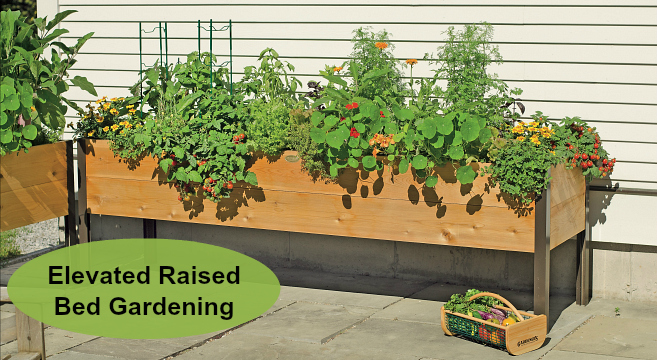How to Build Raised Garden Beds: A Comprehensive Guide

Are you tired of battling weeds, poor soil, and back-breaking gardening? Raised garden beds, also known as garden boxes or elevated gardens, could be your solution. Imagine them as the VIP section of your garden party—exclusive, easy to manage, and always the center of attention. Building garden beds is not just a DIY garden project; it's an investment in your green thumb's future. So, let's dive in and explore how to build raised garden beds that will make your neighbors green with envy.
Why Choose Raised Garden Beds?
Before we roll up our sleeves, let's talk about why raised garden beds are a game-changer. They offer better soil control, improved soil drainage, and a longer growing season. Plus, they're easier on your back and keep pests at bay. Convinced yet? Let's get started.
Materials: The Building Blocks of Your Garden
When building garden beds, you'll need a few essential materials. Here's your shopping list:
- Untreated wood (cedar or composite are great choices)
- Screws or bolts with washers
- Drill
- Landscape fabric
- High-quality soil and compost
- Gravel or wood chips (optional, for pathways)
Location, Location, Location
Just like in real estate, location is key for your raised garden beds. Choose a spot with plenty of sunlight, ideally 6-8 hours a day. Also, ensure it's close to a water source and not in a low-lying area to prevent flooding.
Building Your Garden Beds: A Step-by-Step Guide
1. Plan Your Garden Boxes
Decide on the size and shape of your garden boxes. Rectangular shapes are easiest, but feel free to get creative. Just remember, you'll want to be able to reach all parts of the bed without stepping into it.
2. Assemble the Sides
Cut your wood to the desired length and attach the sides together using screws or bolts. Ensure the structure is sturdy; it will be holding a lot of soil.
3. Place the Bed
Place your garden box in the chosen location. If you're placing it on grass, remove the top layer of sod first. Level the bed to ensure proper water distribution.
4. Line the Bottom (Optional)
If you're concerned about weeds or burrowing pests, line the bottom of the bed with landscape fabric or hardware cloth. This step is optional but can save you headaches later.
5. Fill 'Er Up
Fill your garden box with a mix of high-quality soil and compost. Aim for a mix that's about 60% topsoil and 40% compost. This is where the magic happens, so don't skimp on the good stuff.
6. Add Pathways (Optional)
Between your garden boxes, consider adding pathways with gravel or wood chips. This keeps your garden tidy and your feet mud-free.

Planting and Maintaining Your Elevated Gardens
Now that your garden boxes are built, it's time to plant. Choose your favorite vegetables, herbs, or flowers and get planting. Remember to water regularly and keep an eye out for pests. For more tips, check out this guide on raised bed gardening from The Old Farmer's Almanac.
Improving Soil Drainage
One of the key benefits of raised garden beds is improved soil drainage. To maintain this, avoid compacting the soil and consider adding perlite or vermiculite to your soil mix. This article on soil drainage from Gardener's Supply Company has more tips.
Conclusion: Your Garden Awaits
Building raised garden beds is more than just a DIY garden project; it's a step towards a greener, more productive garden. With better soil control, improved drainage, and easier access, you'll be reaping the benefits for years to come. So, what are you waiting for? Grab your tools and get started. Your garden awaits!
FAQs
What's the best wood to use for garden boxes?
- Untreated cedar or composite wood are great choices. They're durable, rot-resistant, and safe for your plants.
How deep should my raised garden bed be?
- Aim for at least 12 inches deep. This provides enough room for most plants' roots to grow.
Can I build my garden boxes on concrete?
- Yes, you can. Just ensure there's adequate drainage and they're not too heavy to move if needed.
How do I keep pests out of my raised garden beds?
- Consider lining the bottom with hardware cloth to prevent burrowing pests. For above-ground pests, use row covers or netting.
What can I grow in my raised garden beds?
- Almost anything! Vegetables, herbs, flowers, and even small fruit bushes can thrive in raised garden beds.
Happy gardening! Remember, every expert was once a beginner. Your green thumb is waiting to be discovered.
0 Response to "How to Build Raised Garden Beds: A Comprehensive Guide"
Post a Comment